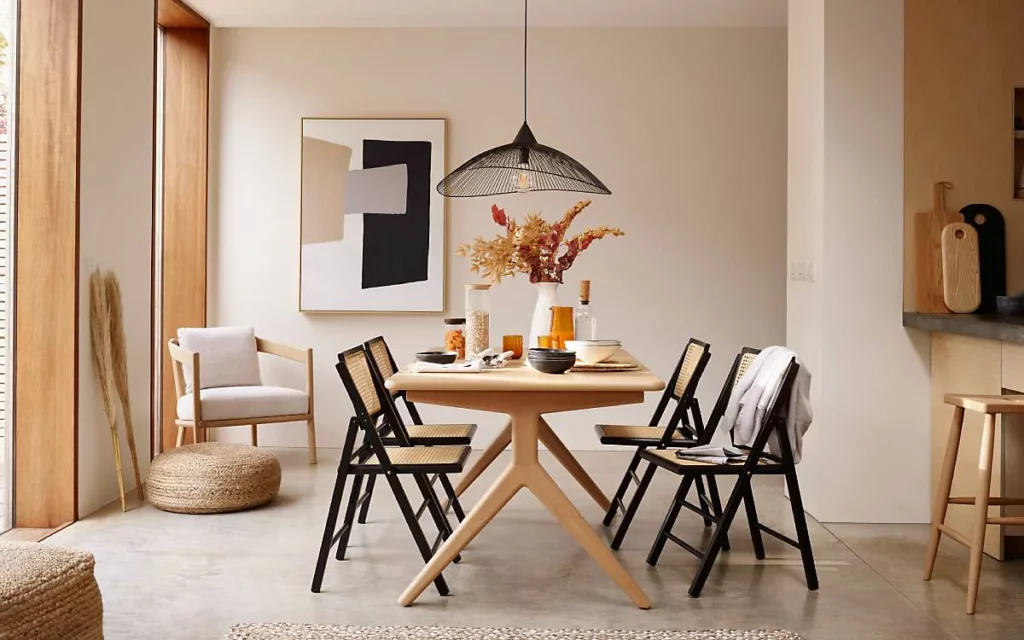In the world of interior design, the Japandi style has emerged as a captivating fusion of Japanese minimalism and Scandinavian functionality. This unique marriage of design philosophies creates spaces that are not only aesthetically pleasing but also serene, functional, and deeply rooted in a sense of purpose. Let’s explore the essence of Japandi interior design and how you can bring this harmonious style into your home.
The Origin of Japandi

image credit: Fourth and Ivy
Japandi draws inspiration from two distinct design traditions – Japanese aesthetics and Scandinavian minimalism.Japanese design focuses on simplicity, embracing natural elements and a deep connection with nature, whereas Scandinavian design prioritizes functionality, celebrates clean lines, and makes clever use of light. The combination of these principles gives birth to the Japandi style, where form meets function in a delicate dance of balance.
Minimalism with Warmth
At the core of Japandi lies a shared appreciation for minimalism. Clean lines, uncluttered spaces, and a focus on essential elements define the aesthetic. However, what sets Japandi apart is the infusion of warmth. Unlike the starkness often associated with minimalism, Japandi introduces warm, earthy tones and natural materials to create inviting spaces that feel cosy and tranquil.
Neutral Colour Palette
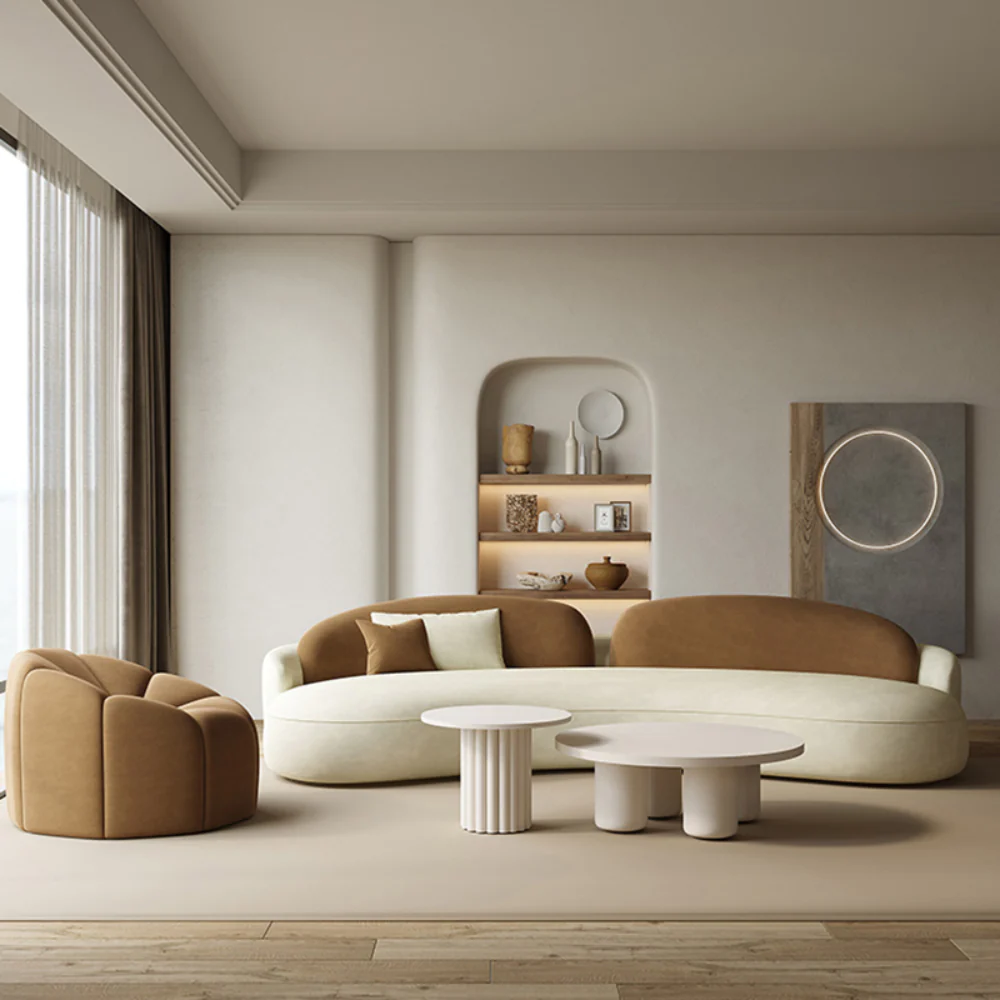
image credit: JapandiStore
The colour palette in Japandi interiors is dominated by a harmonious blend of neutral tones. Soft grays, muted blues, warm whites, and subtle greens create a serene atmosphere reminiscent of nature. These calming hues contribute to the overall sense of balance and tranquility that defines Japandi design.
Natural Materials

Image credit: House Designer
Japandi places a strong emphasis on the use of natural materials. Wood, in particular, plays a central role in furniture and decor. Light-toned woods like oak and ash are favoured, adding warmth and a connection to nature. Stone, bamboo, and other tactile materials further enhance the organic feel of Japandi spaces.
Functional Furniture

Image credit: House Designer
Scandinavian design is known for its functional approach to furniture, and Japandi continues this tradition. Furniture in Japandi interiors is not only aesthetically pleasing but also highly practical. Each piece serves a purpose, with a focus on simplicity and utility. Clean lines and unadorned surfaces characterise Japandi furniture, contributing to a sense of order and tranquility.
Wabi-Sabi Elements
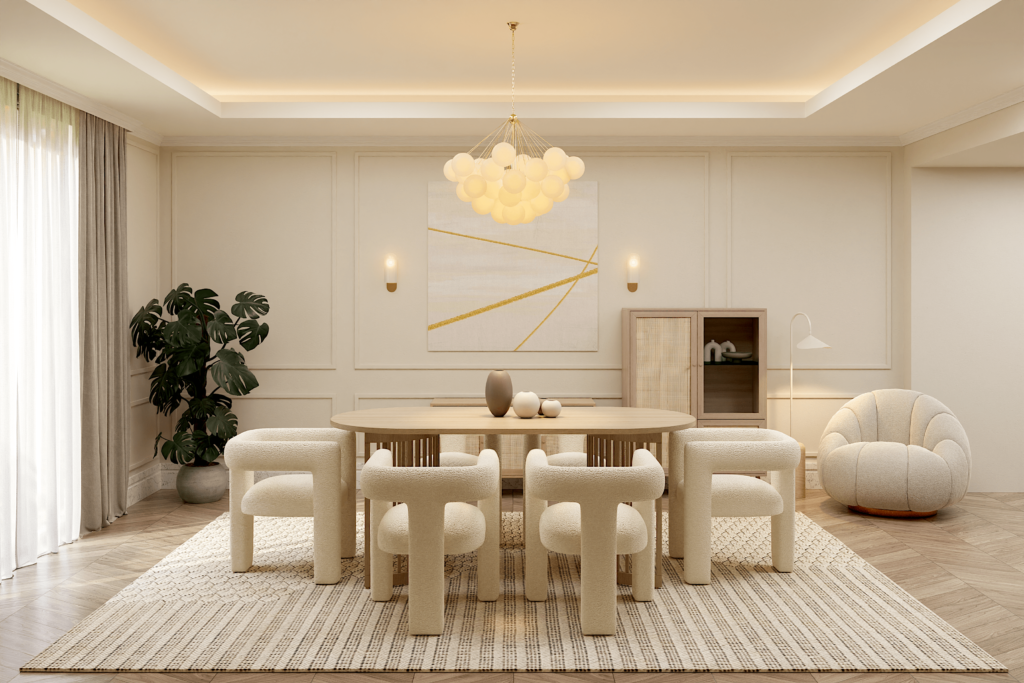
Image credit: House Designer
Japandi embraces the Japanese concept of Wabi-Sabi, which appreciates imperfection and impermanence. This philosophy is reflected in the use of handmade or subtly imperfect elements within the design. In Japandi style, even the smallest imperfections, like a slightly uneven ceramic vase or a weathered wooden surface, bring character and genuine charm to your space.
Natural Light and Open Spaces
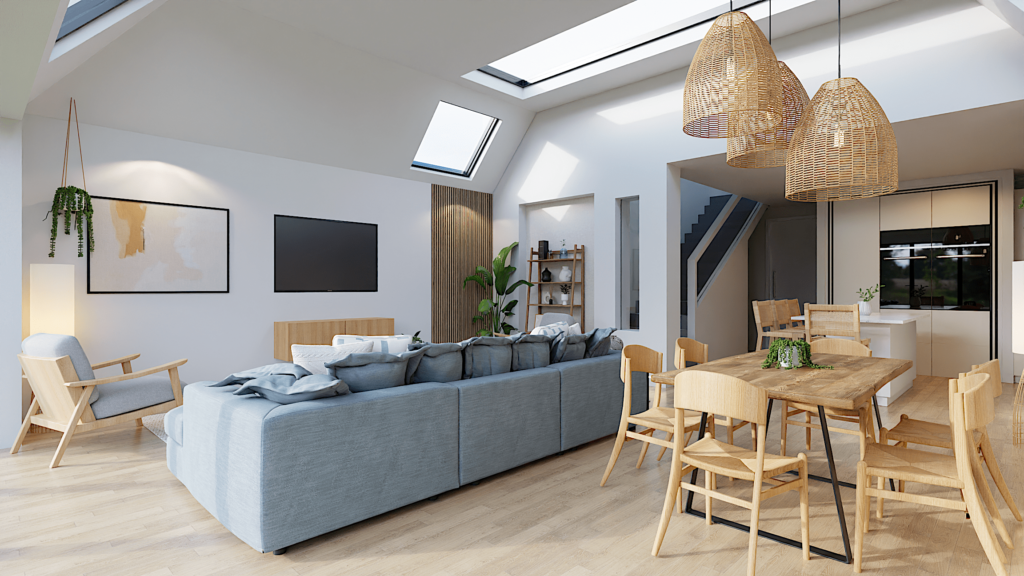
Image credit: House Designer
Both Japanese and Scandinavian design prioritise natural light and open spaces. Large windows, sliding doors, and a mindful arrangement of furniture to maximise light flow contribute to the bright and airy feel of Japandi interiors. The connection to the outdoors is often emphasised, creating a seamless transition between indoor and outdoor living.
Greenery and Plants
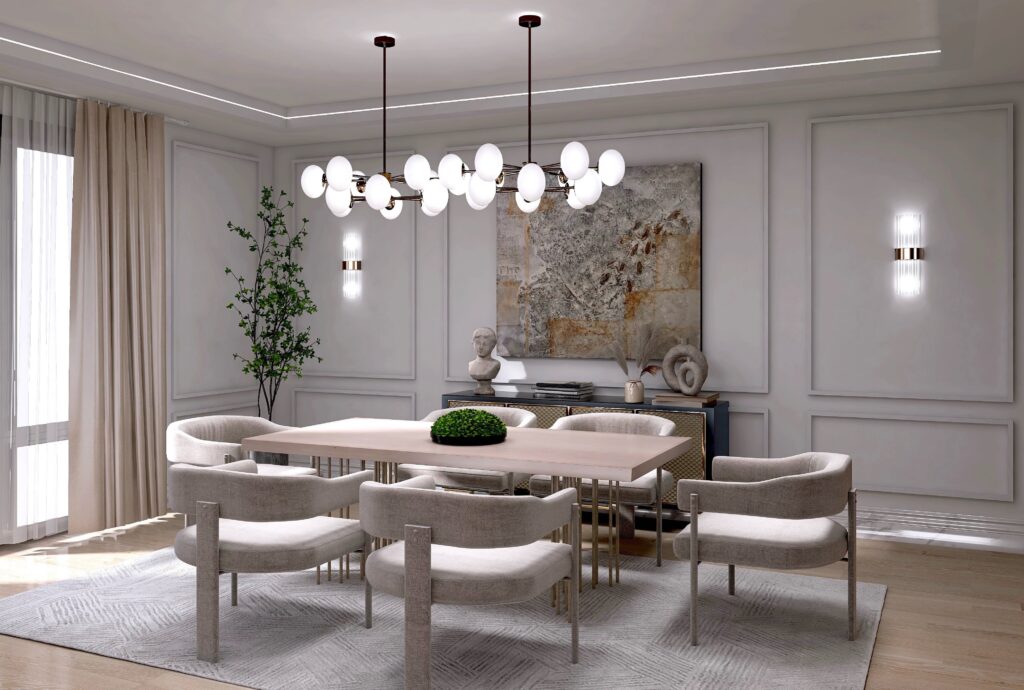
Image credit: House Designer
Bringing nature indoors is a key aspect of Japandi design. Incorporating houseplants and greenery not only adds a touch of vitality but also aligns with the Japanese concept of “biophilia” – the innate human connection to nature. Plants contribute to a sense of balance and well-being within the space.
Geometric Patterns
The Japandi style is all about simplicity. Yet, adding subtle geometric patterns can really enhance the look. By weaving these patterns into textiles, tiles, or decor, you introduce a soft contrast that enriches the overall design, bringing everything together beautifully.
Personal Touch and Sentimental Items
Japandi interiors are not devoid of personalisation. Even in minimalistic settings, spaces frequently feature thoughtfully chosen decor items with sentimental significance. Choosing artwork, handmade pottery, or a vintage piece can bring a personal touch while keeping the overall balance of the space intact.
Japandi Interior Design
Japandi interior design compellingly blends Japanese and Scandinavian aesthetics, creating spaces that are functional yet serene. By incorporating clean lines, a neutral colour palette, natural materials, and a mindful approach to simplicity, you can effectively bring the harmonious spirit of Japandi into your home.
Embark on an Inspired Interior Design Journey
Welcome to the world of Japandi-inspired interior design – a harmonious blend of Japanese minimalism and Scandinavian functionality.


